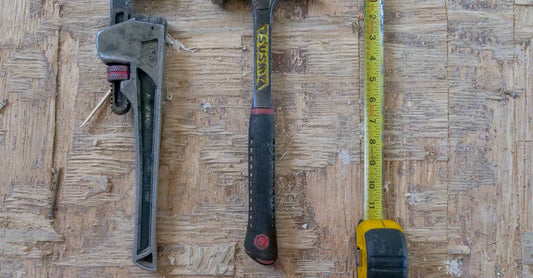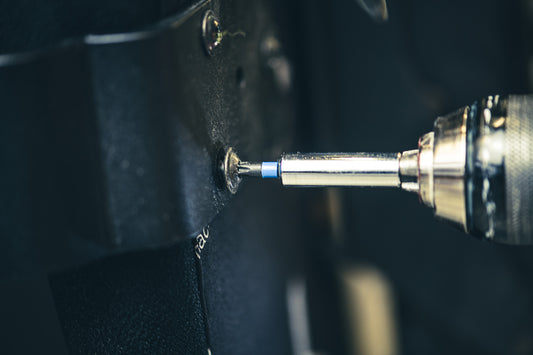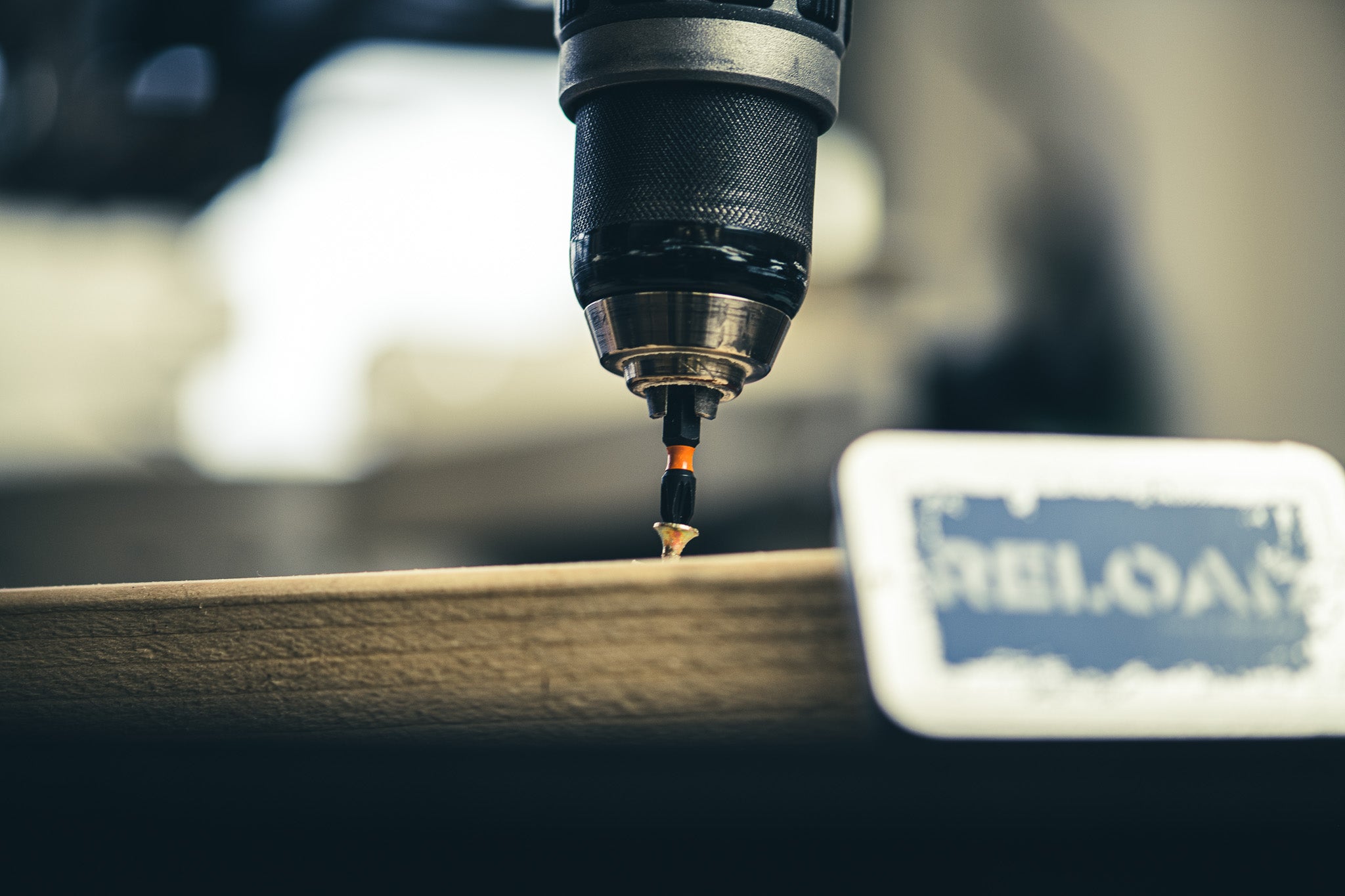skahrf jont
noun, verb
A joint used to join two pieces of timber together at an angle
Example usage: The carpenter used a scarf joint to connect the two beams.
Most used in: Construction projects in the United Kingdom and Ireland.
Most used by: Carpenters, builders and other tradespeople.
Popularity: 8
Comedy Value: 3
Also see: Butt Joint, Lap Joint, Miter Joint, Splice Joint,
What is a Scarf Joint?
A scarf joint is a type of joint used in carpentry and other construction projects. It is a method of joining two pieces of material together, usually at an angle, by cutting a beveled end on each of the pieces and then joining them together with glue or nails. This type of joint is often used to join two pieces of wood together, such as when building a frame, but it can also be used to join other materials such as metal or plastic.
The scarf joint is a versatile method of joining two pieces of material together. It is a strong joint that can be used in a variety of applications, such as when constructing furniture, frames, and other structures. It is also a relatively easy joint to make, as it only requires the use of a saw and some basic carpentry tools.
The strength of a scarf joint depends on the angle of the beveled end as well as the quality of the glue or nails used. A scarf joint with a 45-degree angle is considered to be the strongest, and is often used in structural applications such as framing walls or constructing trusses. According to research, a scarf joint with a 45-degree angle and good quality glue can hold up to 90% of the strength of the original material.
The scarf joint is a popular method of joining two pieces of material together in carpentry and other construction projects. It is a strong and versatile joint that can be used in a variety of applications, and is relatively easy to make with the right tools and materials.
.Unraveling the Mystery of the Scarf Joint
The term “scarf joint” is a traditional carpentry term used to describe the joining of two pieces of wood. The joint has been used throughout the ages by carpenters to join two pieces of wood at an angle. It is believed to have originated in the Middle East, where it was used in the construction of ships and other wooden structures.
The name “scarf joint” was first used in the early 1800s, when the technique was used to join two pieces of wood in a way that was stronger than a butt joint. By overlapping the two pieces of wood and then joining them together, the joint was able to withstand more weight and stress than a butt joint. This technique was especially useful for joining pieces of wood that had been cut at an angle, such as for making furniture or cabinetry.
Today, the scarf joint is still used in carpentry and woodworking projects. It is a simple and effective way to join two pieces of wood at an angle, and it is often used in the construction of furniture and cabinetry. The scarf joint is also used for repair work, as it is a strong and reliable joint that can easily be taken apart and put back together.
The scarf joint has been used for centuries and remains an essential part of carpentry and woodworking. It is a reliable and strong joint that is easy to construct, making it an ideal choice for a variety of projects.




